Forecast 10: See the Projects Selected by the Mentors
The eighteen nominated proposals will be showcased at the Forecast Forum, July 18–20
Browse past editions:
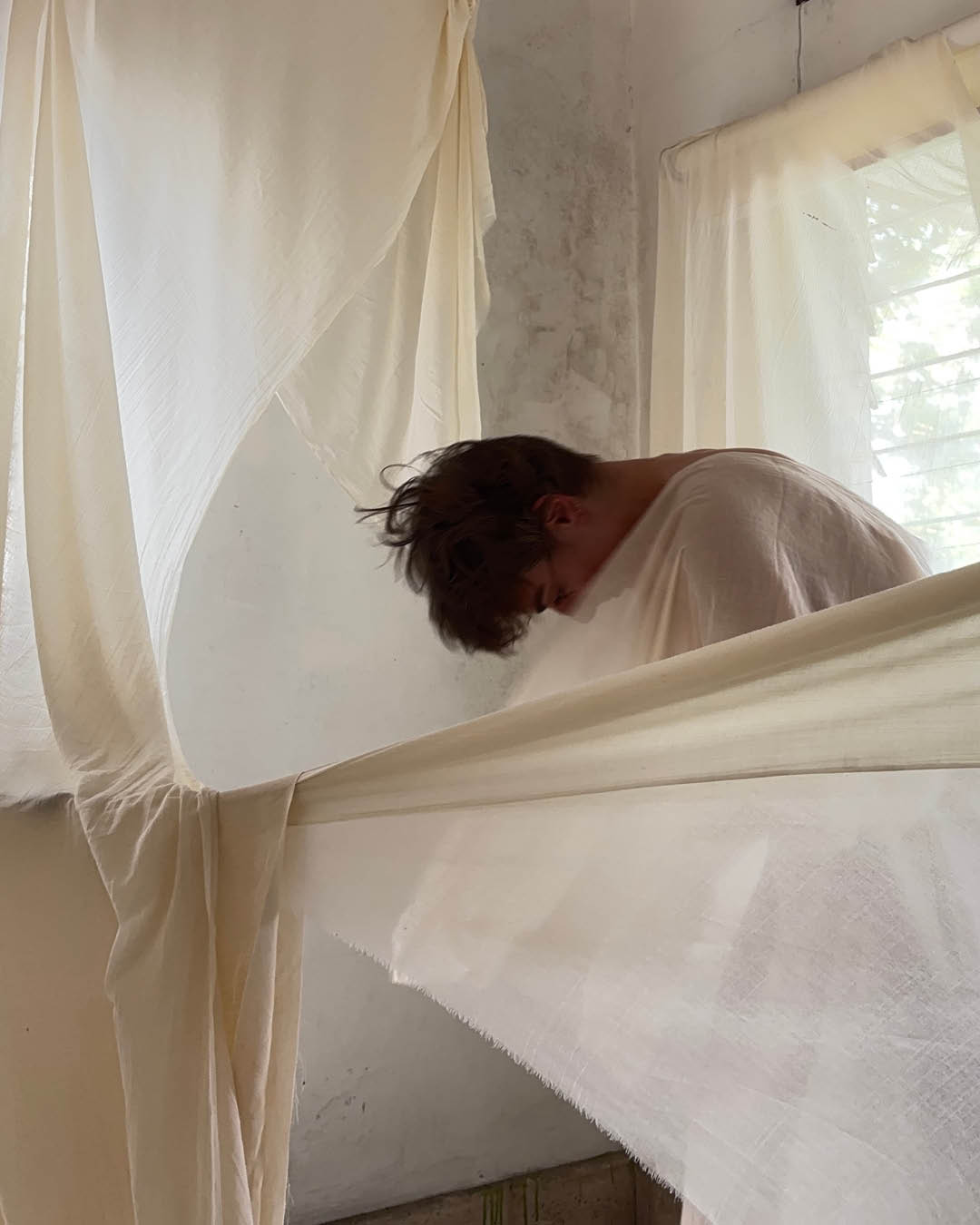
Mirte Bogaert
As You Like It
With a background in dance and choreography, Mirte Bogaert presents a project exploring how Western perspectives on the female body, nudity, and sexuality have influenced Japanese ideals—particularly during the early Meiji era and the (post-)World War II period. In this work, costume and scenography become extensions of the body and tools of connection, dissolving the boundary between performer and spectator. They emphasize how context shapes perception. At its core is the movement of the gaze: creating boundaries, forming connections, and inviting ambiguous interpretations of intention and presence. By playing with the tension between fantasy and action, the piece raises questions about sexualization and sexual consent.

Kihako Narisawa
Layer(s)
Kihako Narisawa is a choreographer, performer, and dancer, whose interdisciplinary collaborative projects blend spoken word, poetry, sound, video, installation, and physical performance. In Layers of Diversity, she explores how identity is curated, performed, and perceived by contrasting the self-expression of cosplay with the raw authenticity of Oliviero Toscani’s Benetton campaigns. Through workshops, choreographic experiments, and visual storytelling, the project examines the protective “armour” individuals adopt to express or shield their identity. Central to the project is the question: What is diversity? Narisawa invites participants into a collective process that challenges binaries of inclusion and authenticity, offering a nuanced perspective on representation.
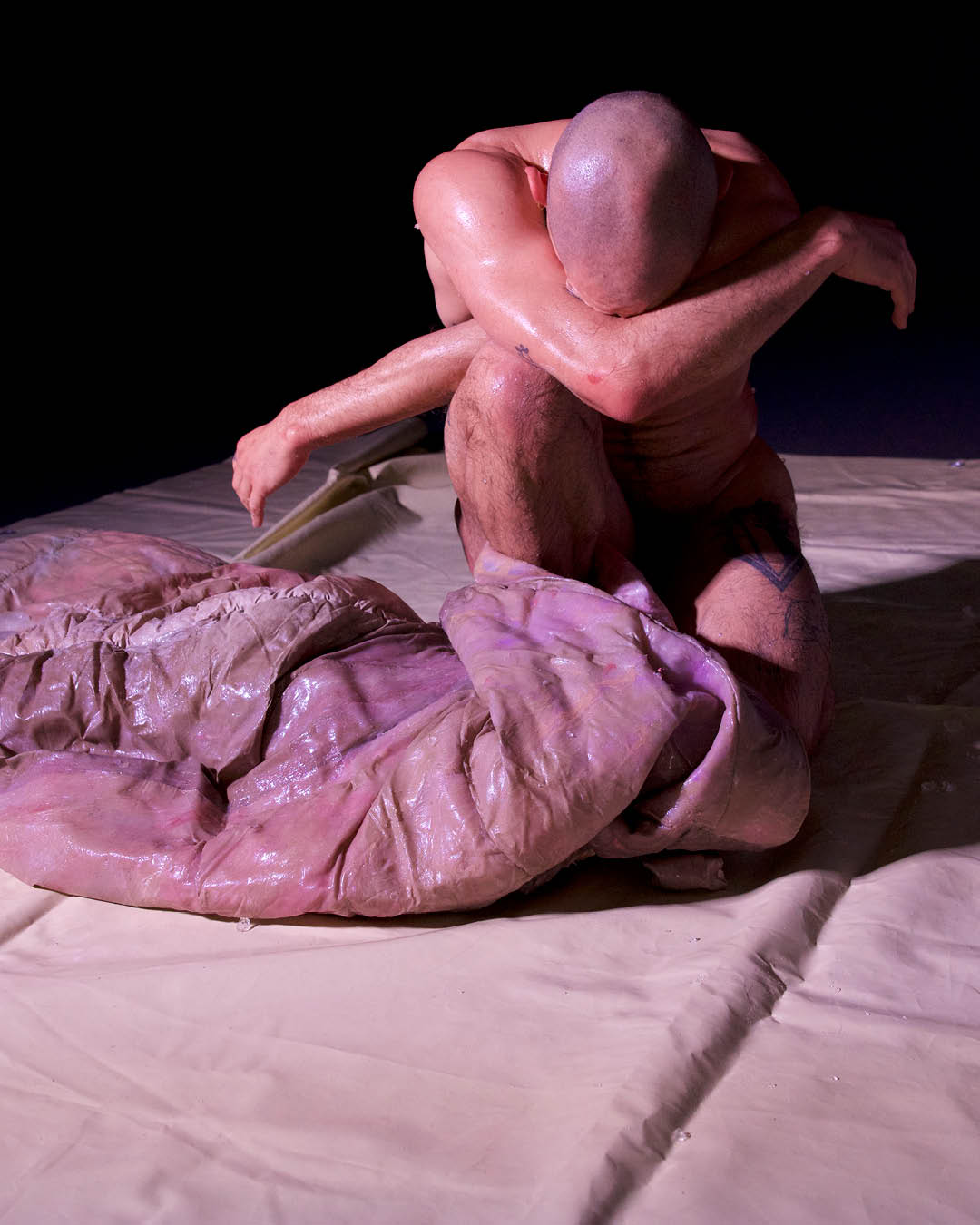
Yotam Peled
Destroy Me
Yotam Peled is a Berlin-based choreographer, performer, and teacher working at the intersection of contemporary dance, martial arts, and new circus. Following a career as a freelance dancer in Europe, Peled began making his own choreographic work, employing an interdisciplinary approach which focuses on exploring pain and community rituals. The project Destroy Me is a ritual of disintegration, a dance of entropy, a repetition that is destined to end in nothing. Using a bungee harness and a vocabulary rooted in collapsing, this solo performance moves between pleasure and shame, exploring themes of queerness, emptiness, and exhaustion as survival tactics rather than assimilation.
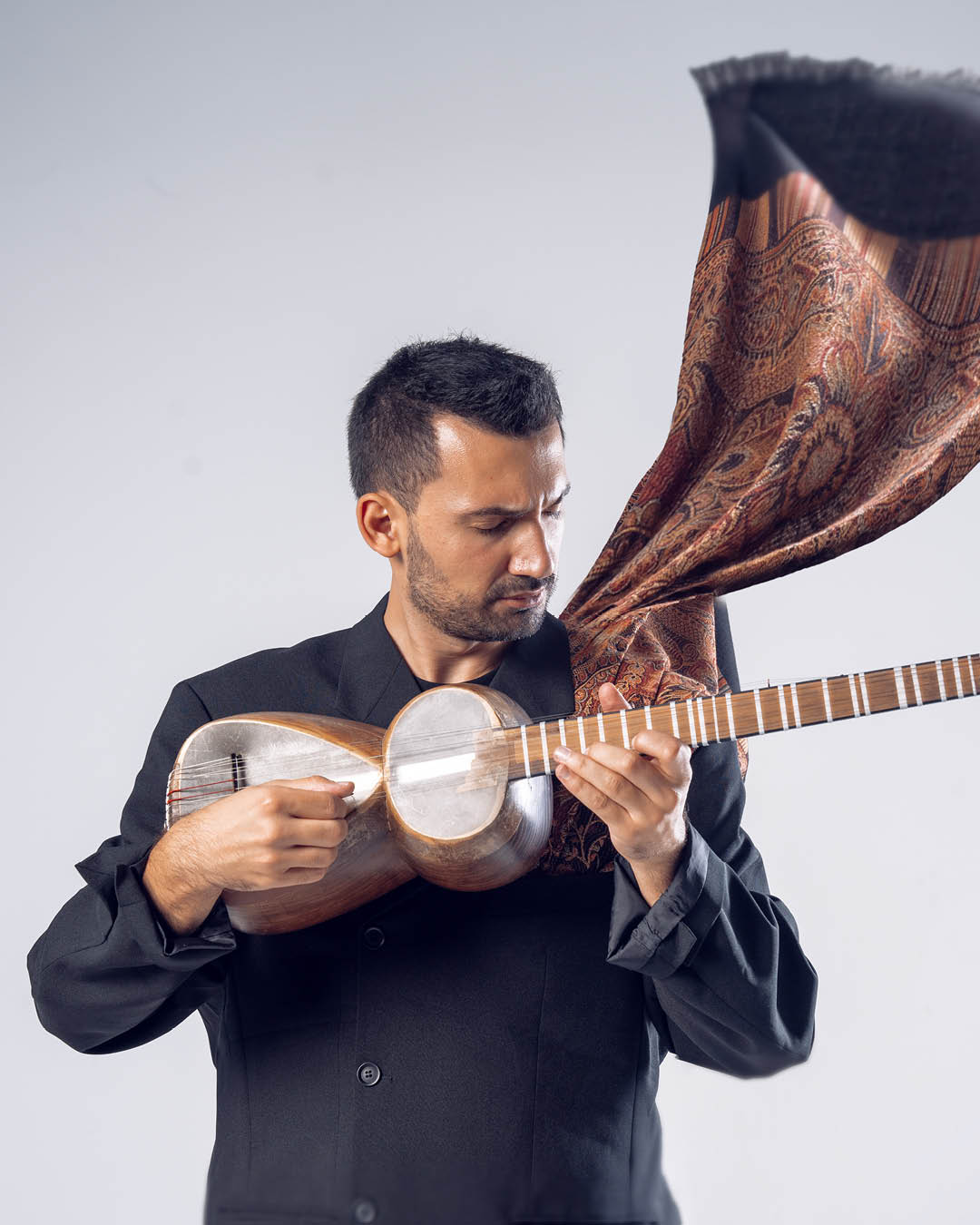
Ibrahim Babayev
MughaMutations: Sonic Embodiment and the Disappearing Horizon
Sound artist and producer Ibrahim Babayev’s project radically reimagines classical Azerbaijani Mugham as a living, improvisational sonic organism. Through extended vocal techniques, spatialized performance, and the manipulation of visual and electroacoustic elements, MughaMutations deconstructs the genre’s traditional sonic and performative structures. Babayev aims to transform Mugham’s heritage into a site-responsive experience that blends voice, the tar (a traditional string instrument), movement, and noise. This embodied exploration positions Mugham within a global experimental music dialogue, using the voice as a vessel of resistance, memory, and transformation. The work evolves through improvisation, where the audience, environment, and sonic material create a decentralized, ever-shifting soundscape.

María Gabriela Rubio Hernández
The Larva
María Gabriela Rubio Hernández is a Colombian composer, playwright, stage director, double bassist, and performer whose work explores electronics, acoustics, mixed composition, and interdisciplinary media. Her project The Larva merges electroacoustic music, sound poetry, and tactile materials such as mud, dirt, and hair, reflecting on how the earth decomposes, consumes, and silences the body. The work examines themes of violence and disappearance, engaging physically and sonically with these elements with recordings of earth, water, and the body. Fragments of poetry, meanwhile, are reinterpreted as sonic gestures. A key element of the work is ingesting these materials, symbolizing the tension between what is buried and what must be unearthed.
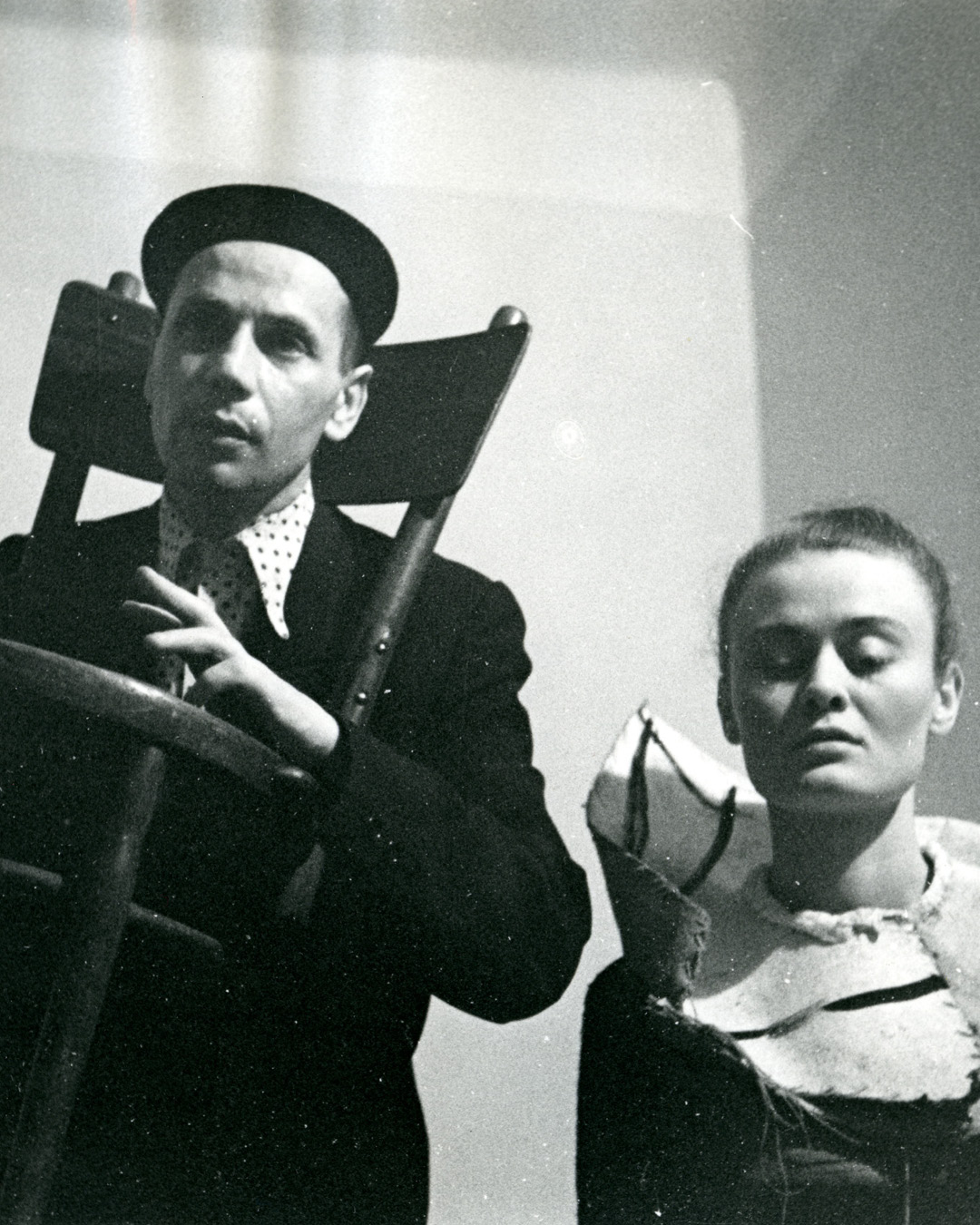
Aga Ujma
Songs for a Voice and a Chair
Aga Ujma is a Polish singer, composer, and multi-instrumentalist. Her project is inspired by one of Miron Białoszewski’s plays, which he performed in his community theater, using chair tapping as accompaniment. For Białoszewski, sound was the essence of poetry. He championed the recitation of poems aloud, emphasizing the importance of meditating on words and playing with language. Ujma’s project engages with his experiments and brings them to life through dynamic live performance. She plans to compose a new vocal piece based on a selection of Białoszewski’s works, showcasing the flexibility, beauty, and uniqueness of the Polish language, while pushing herself to explore the full potential of her voice.
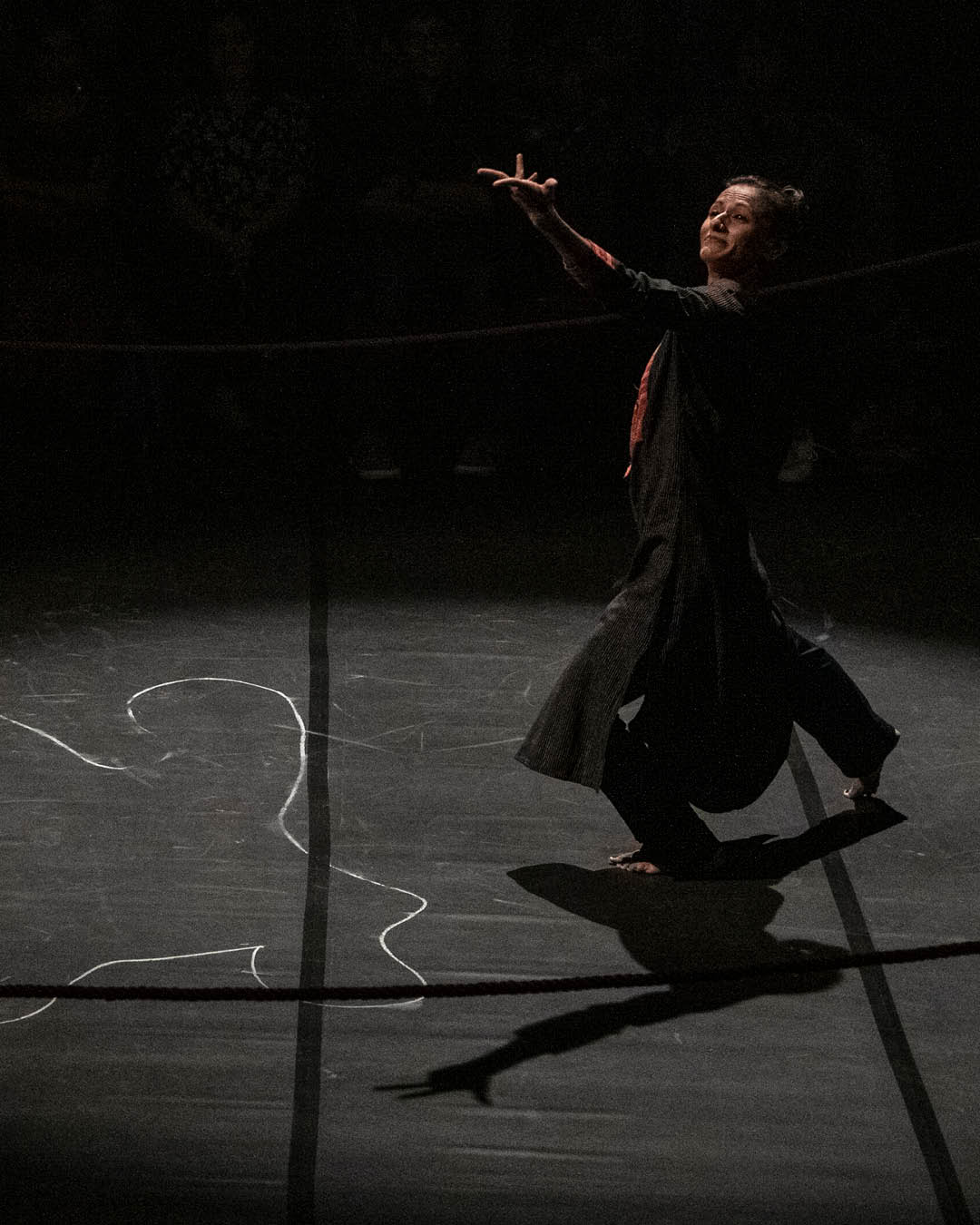
Deepika Arwind
I Speak to Sita
Deepika Arwind is a writer, performer, and transdisciplinary artist newly based in Berlin. Her project imagines a dialogue between Sita, the formidable character from the South Asian epic Ramayana, and herself. Through trepidation and doubt, Arwind approaches this epic, exploring feminist questions about the present, where freedoms are contested and legacies must be reimagined. What would a meeting between Sita—the mythological daughter, wife, and mother—and Arwind look like in this moment, as she seeks to design a life outside these roles, toward an autonomy previously unimaginable for her female ancestors? Music and text hint at an operatic vision for the work, offering a first glimpse into a larger project.
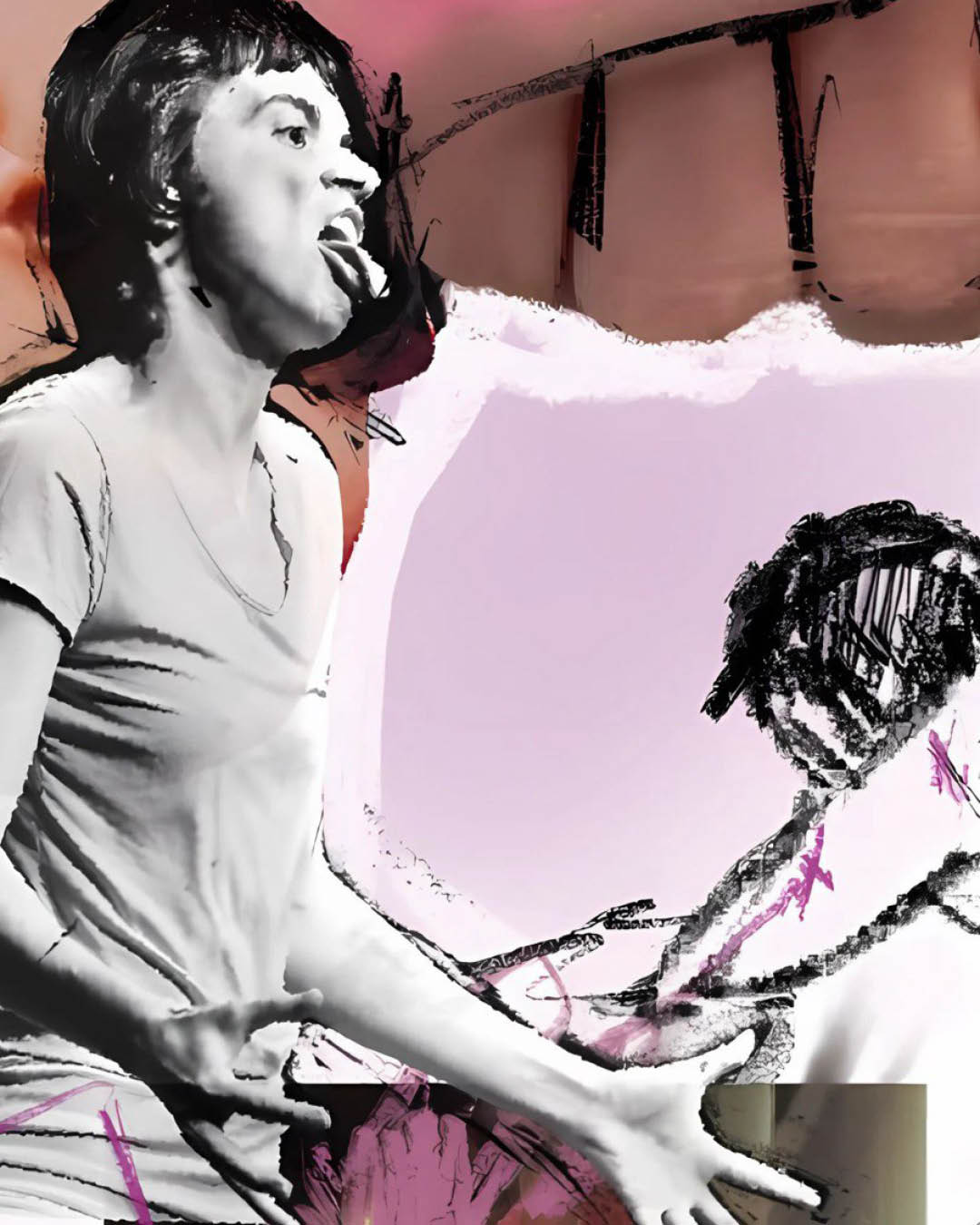
Milena Cestao Kolbowski
¡GUAU!
Milena Cestao Kolbowski is a German-Spanish theater maker, actress, and performer blending physical theater, choreography, sound, mask-play, and performance art. Her project ¡GUAU! is a multimedia performance in four acts (or tracks), exploring women’s identities through a remix of pop culture and feminist writings. Cestao experiments with masks, using them both within and on the body to merge traditional mask-play with contemporary aesthetics. The performance combines multimedia, acting, and movement to examine female identity and the ongoing struggle against societal expectations. ¡GUAU! continues Cestao’s research into her stage language, deconstructing and re-blending cultural samples to reveal their socio-political power.
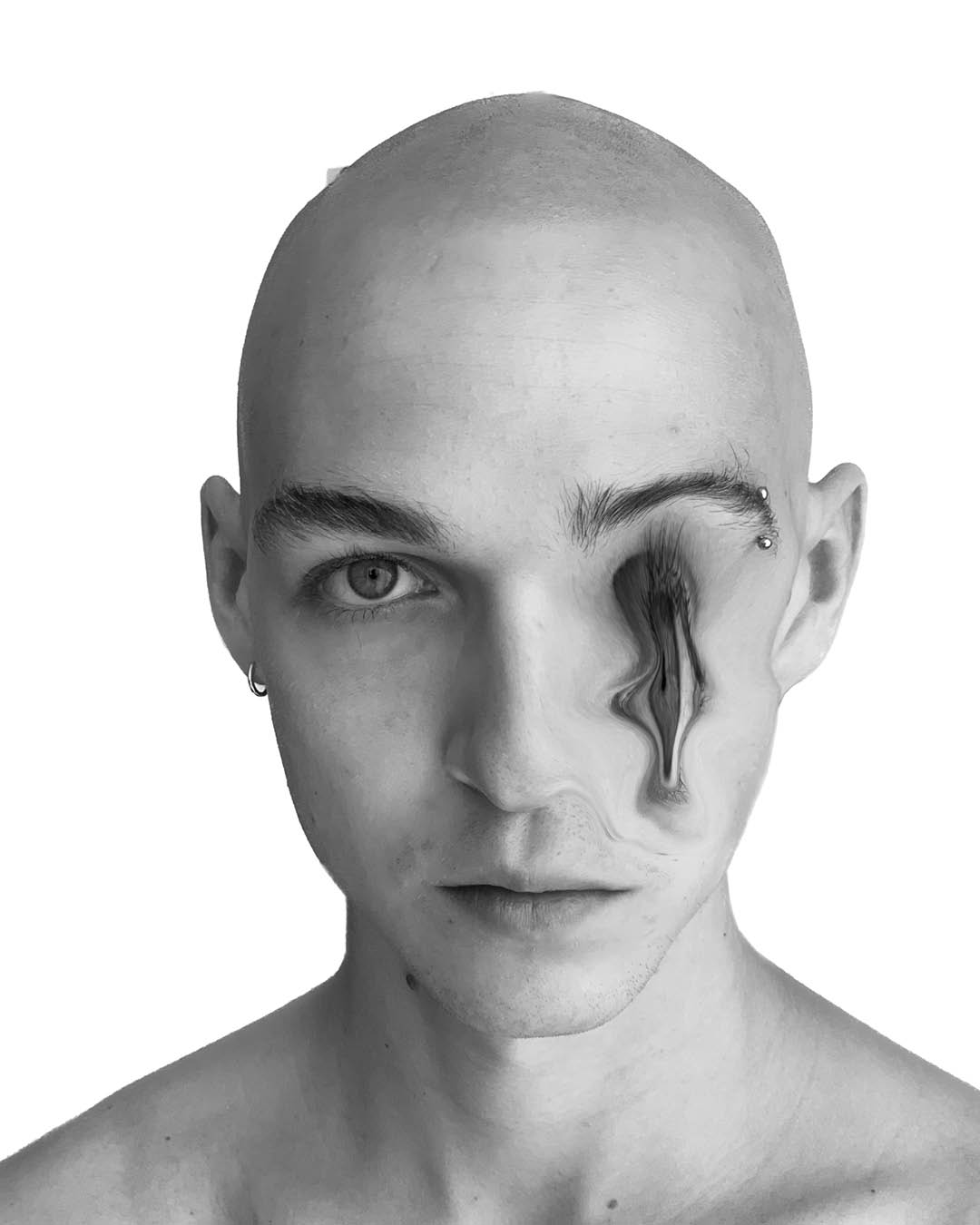
Wojciech Rybicki
Three Sisters. Pas de mark.
Polish choreographer and performer Wojciech Rybicki reclaims an unrealized ballet to explore the choreopolitical potential of marking. In Three Sisters. Pas de mark., Rybicki uses marking to examine speculative gestures and alternative temporalities, reflecting on the unfulfilled promises of post-communism. The work centers around a planned adaptation of Chekhov’s Three Sisters for the Wrocław Opera in 1989-90, which was never premiered. Rybicki questions whether the post-communist revolution, meant to erase fear, also erased Chekhov from Wrocław’s repertoire. Through marking, he seeks to recover the forgotten, protest through memory, and transform this lost ballet into a queer performative simulation.
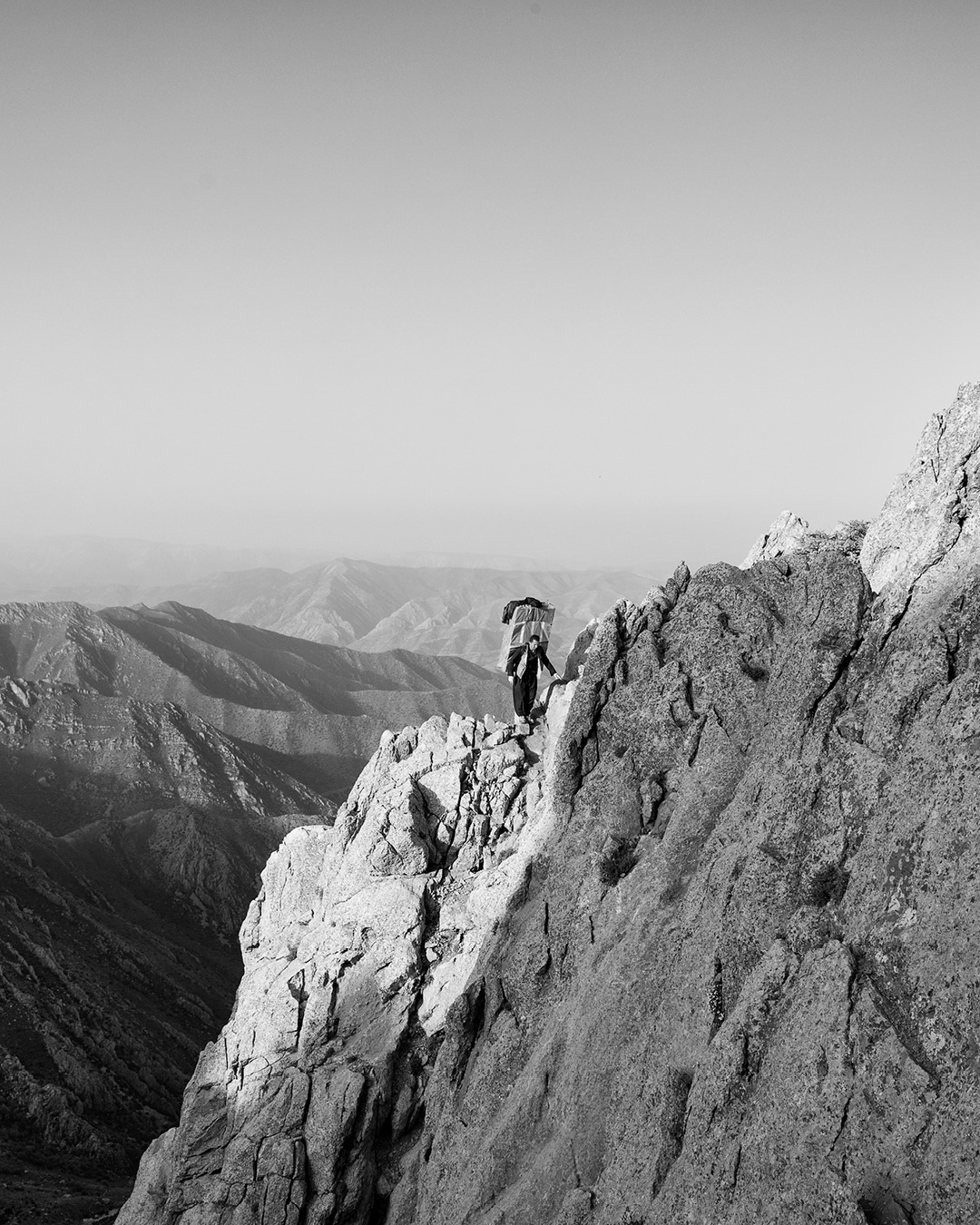
Ebrahim Alipoor
Bullets Have No Borders
Ebrahim Alipoor is a Kurdish Iranian photographer and documentary storyteller whose work explores the intersection of identity, borders, and human resilience. Bullets Have No Borders is a long-term documentary photography project focused on the lives of Kurdish porters, or "Koolbars," who transport goods across the dangerous Iran-Iraq border. Over nearly a decade, Alipoor has captured the human cost of economic survival in this militarized zone. The project highlights the resilience and dignity of marginalized Kurdish communities, exploring themes of borders, sacrifice, and survival. Alipoor plans to complete this project as both a photo book and a short documentary film.
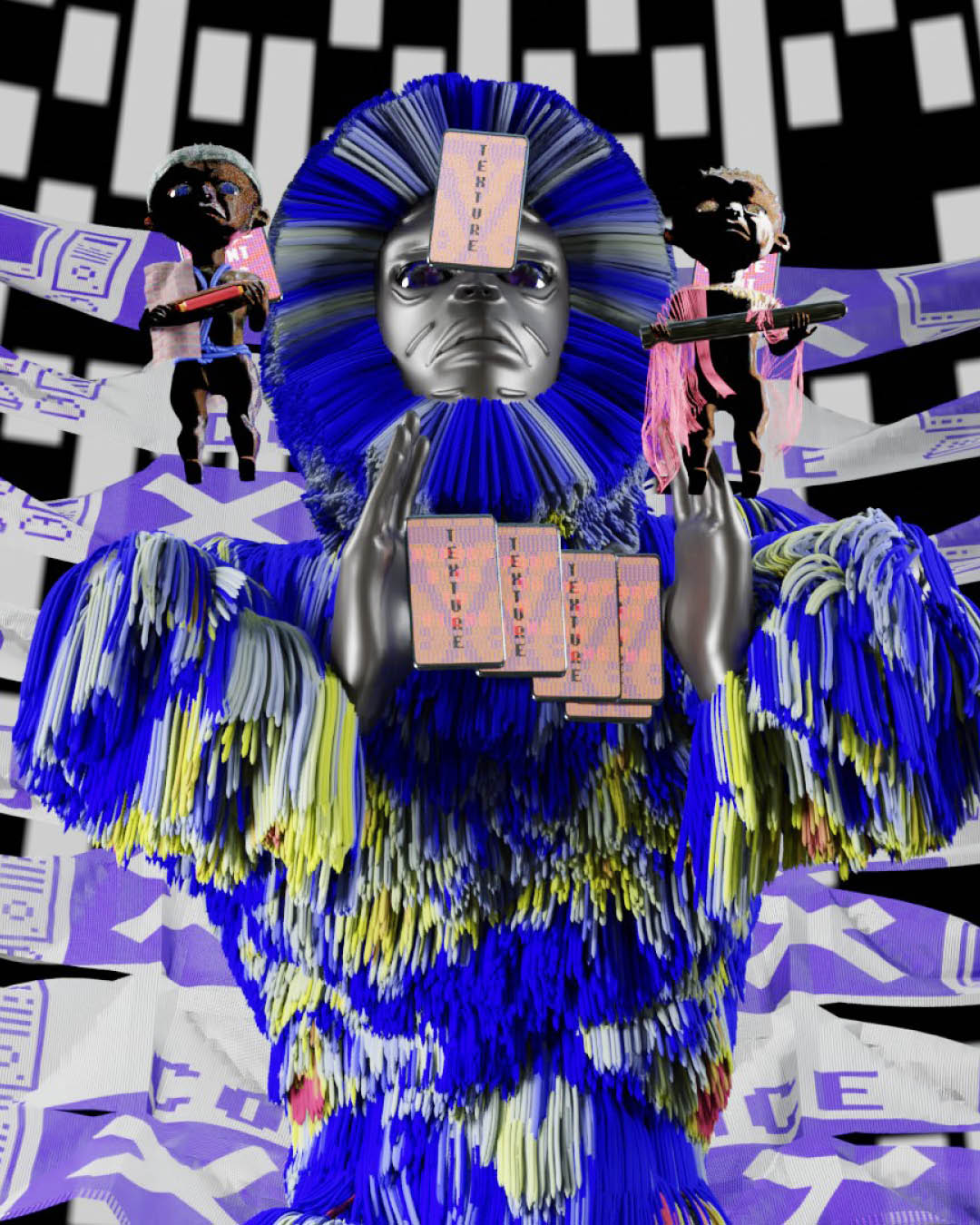
Diane Cescutti
Gods of Calculation
French multimedia artist Diane Cescutti’s project explores the speculative idea of technology transfer as reparatory justice. The project imagines five supercomputers—absent from Africa despite the continent’s role in providing raw materials—offering their processing power to an unnamed African nation. These machines create “twin” supercomputers on the continent, yielding prophecy-like results interpreted by deity-like avatars, the titular Gods of Calculation. The resulting work is an immersive shrine of metal, fiber, and handwoven textiles, with five deity avatars emerging from screens, accompanied by thematic songs and prophetic monologues. Viewers‘ interactions provoke cryptic responses, blurring computation and divination.
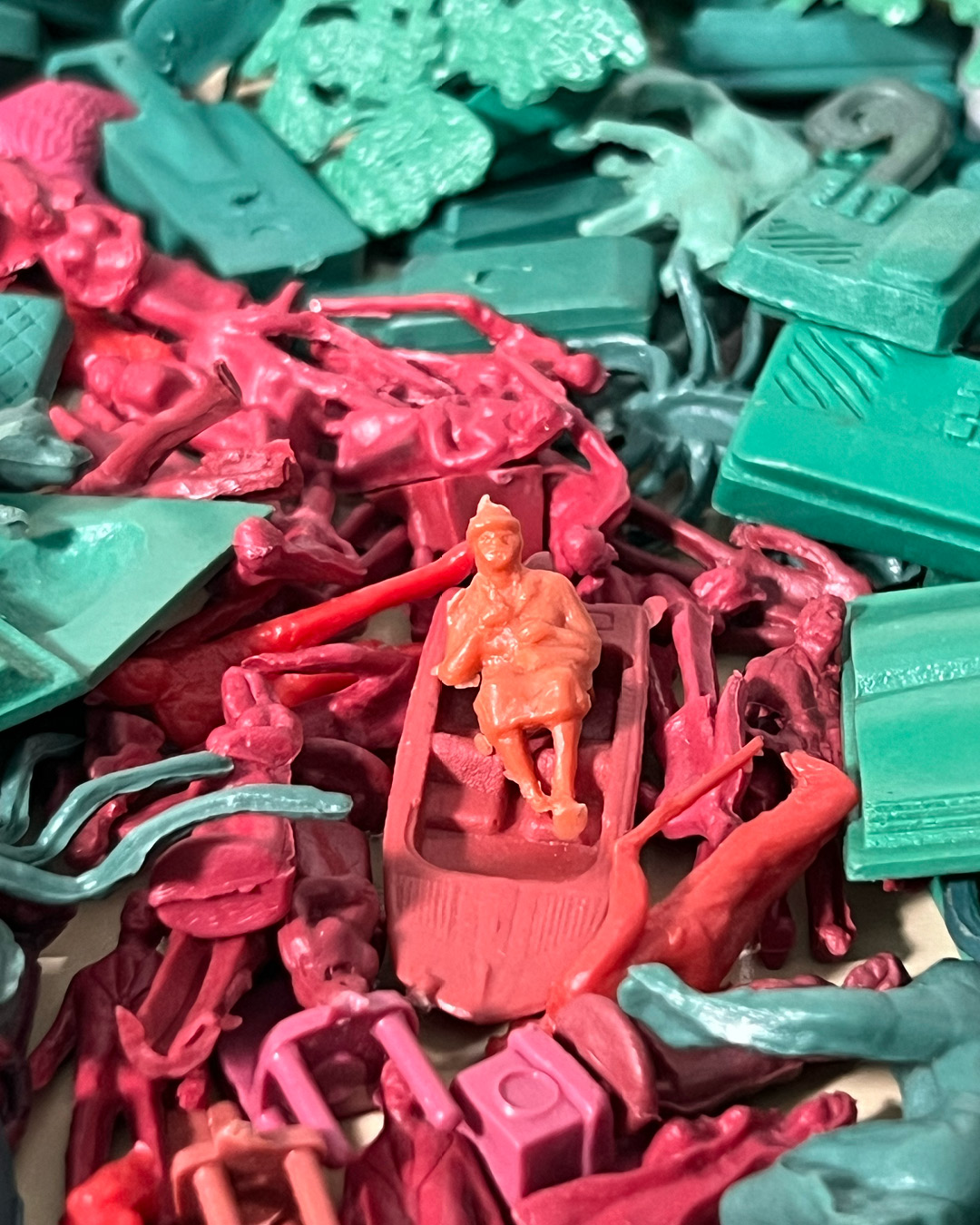
Andrea Guizar
Plastic Aches
Mexican artist and filmmaker Andrea Guizar presents a video work that blends speculative fiction and personal essay to explore the relationship between plastic as a material and plasticity as a way of thinking about transformation—across bodies, technologies, and environments. Using 3D scans of sculptural assemblages made from plastic waste and polyethylene figurines, the work reflects on how the poetics of plastic shape perception, storytelling, and our connection to matter. In Plastic Aches, aesthetic references to body horror and low-budget sci-fi films serve as tools to explore transtemporal and transcorporeal interconnectedness, playing with the shifting boundaries between the organic and synthetic.

Siri Black
All Future Generations
Artist Siri Black works across analog and digital photography, film, and sound, focusing on issues of visibility and legitimacy. Her project takes the form of an experimental film that explores the histories of 2D animation, labor, anthropomorphism, and phantasmagoria in cinema. Titled All Future Generations, the film will include footage from early animation processes, found footage, and recordings. It delves into perception, loss of vision, hallucinations, the subconscious, and the material residues of gendered labor. Using the phantasmatic and illusory properties of cinema and animation, Black’s work aims to merge disparate personal histories.
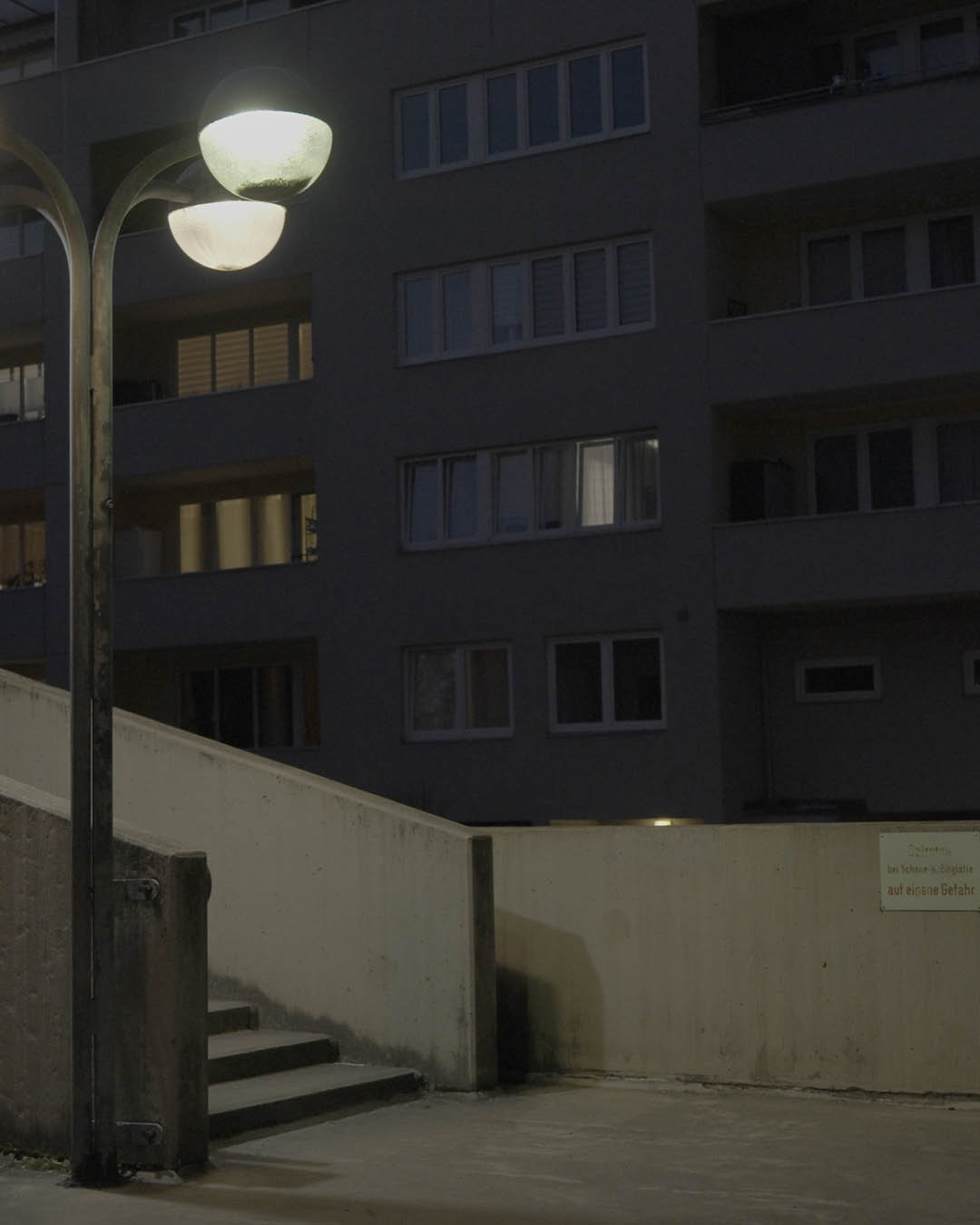
Bethan Hughes
Shadowing
Bethan Hughes’s audiovisual installations, sculptures, and texts explore unnatural ecologies shaped by industry, commerce, and technology. In the project Shadowing, Hughes uses media representations of the Berlin housing estate where she has lived since 2020 as a starting point to theatrically stage the tensions between material realities, architectural imaginations, and constructed image worlds. Conceived as an audiovisual shadow play, the work merges archival research, sound, video, found footage, and sculpture. It questions how imagination, fantasy, desire, and violence intersect in these representations, examining the narratives they communicate, the perspectives they offer, and the shadows they cast.

TaeHwan Jeon
And So We Silently Sleep
Artist TaeHwan Jeon works across diverse media, experimenting with the interplay of filmic, photographic, and sonic elements to explore different regimes of image and sound. In And So We Silently Sleep, Jeon weaves together materials from disparate sources, creating poetic formulations of images and sounds that mediate through a city of the unnamed and the untamed. Fragments and passages collide, harmonize, and negate each other, slipping through the cracks where opposing tensions collapse. The work is an assemblage of blurring polarities—the machine and the body, names and erasures, rhythms and free flow—a zone where dreams and nightmares coexist.

Nurah Farahat
Kindasa FF
Nurah Farahat, an Egyptian audiovisual artist, game developer, and VJ based in Bremen, is developing Kindasa FF (كنداسة–derived from “condensare”), a live audiovisual simulation project. Farahat will compose and perform a series of generative scenes, each functioning as an audiovisual instrument with its own rules. Sound and animation are created and controlled in real-time, without timelines or grids, using algorithmic processes and mechanical principles inspired by Ismail Al-Jazari, a 12th-century Muslim inventor known for his groundbreaking inventions such as musical automata and water-powered clocks.
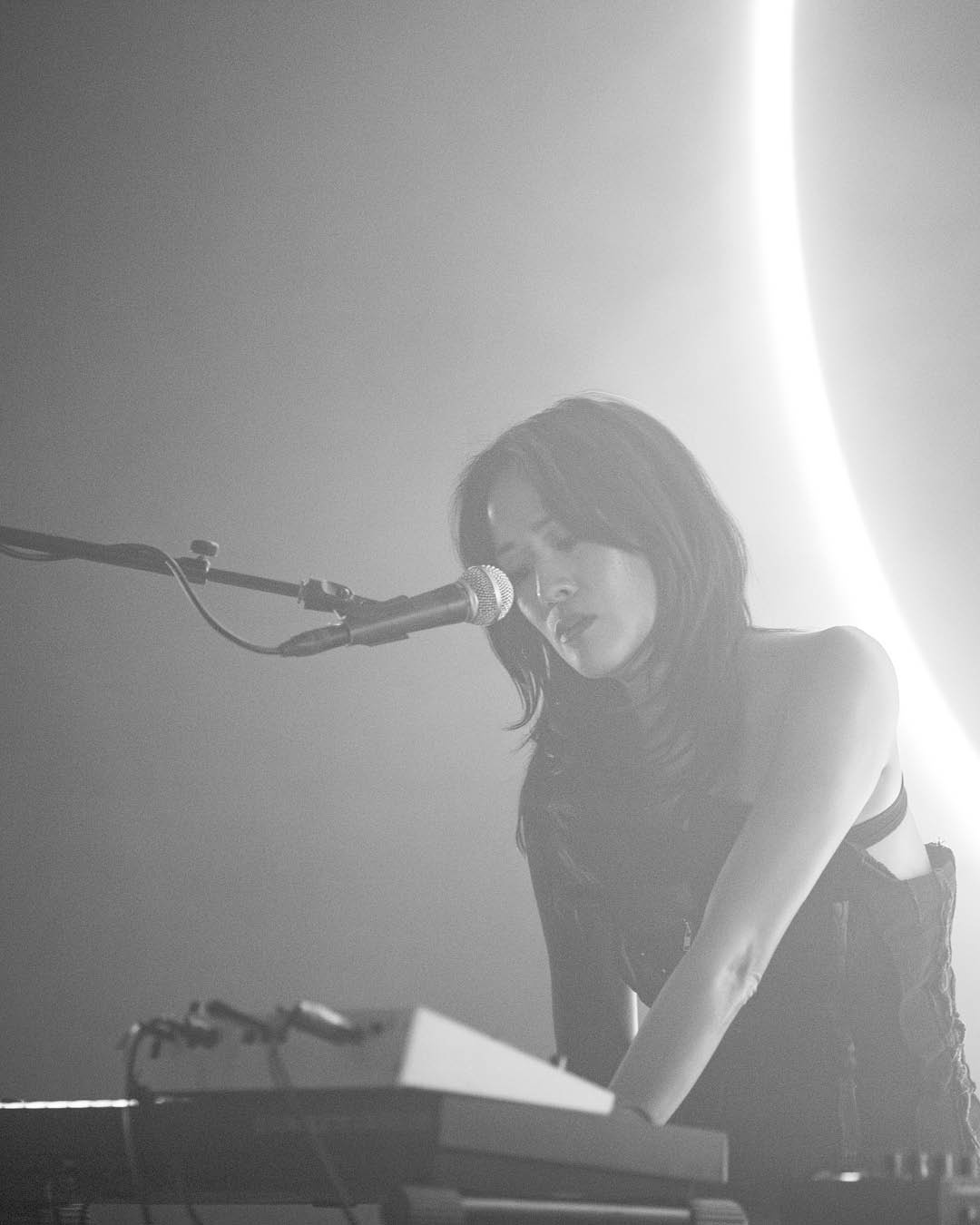
Corin Ileto
Resonance
Corin Ileto, a Filipina-Australian electronic music producer, performer, and composer, works in experimental electronic music, sound art, and sound design. Her compositions blend traditional forms with hyper-digital sounds to create new imaginary realms. Ileto proposes a long-form electro-acoustic composition and performance that samples the kulintang (Filipino precolonial gong chime instrument), combining synthesis and digital processing. The project explores how to digitally manipulate the kulintang to generate new forms, continuing Ileto’s interest in creating harmonic and rhythmic systems within non-Western musical ecologies, blending Filipino rhythms with electronic music production.
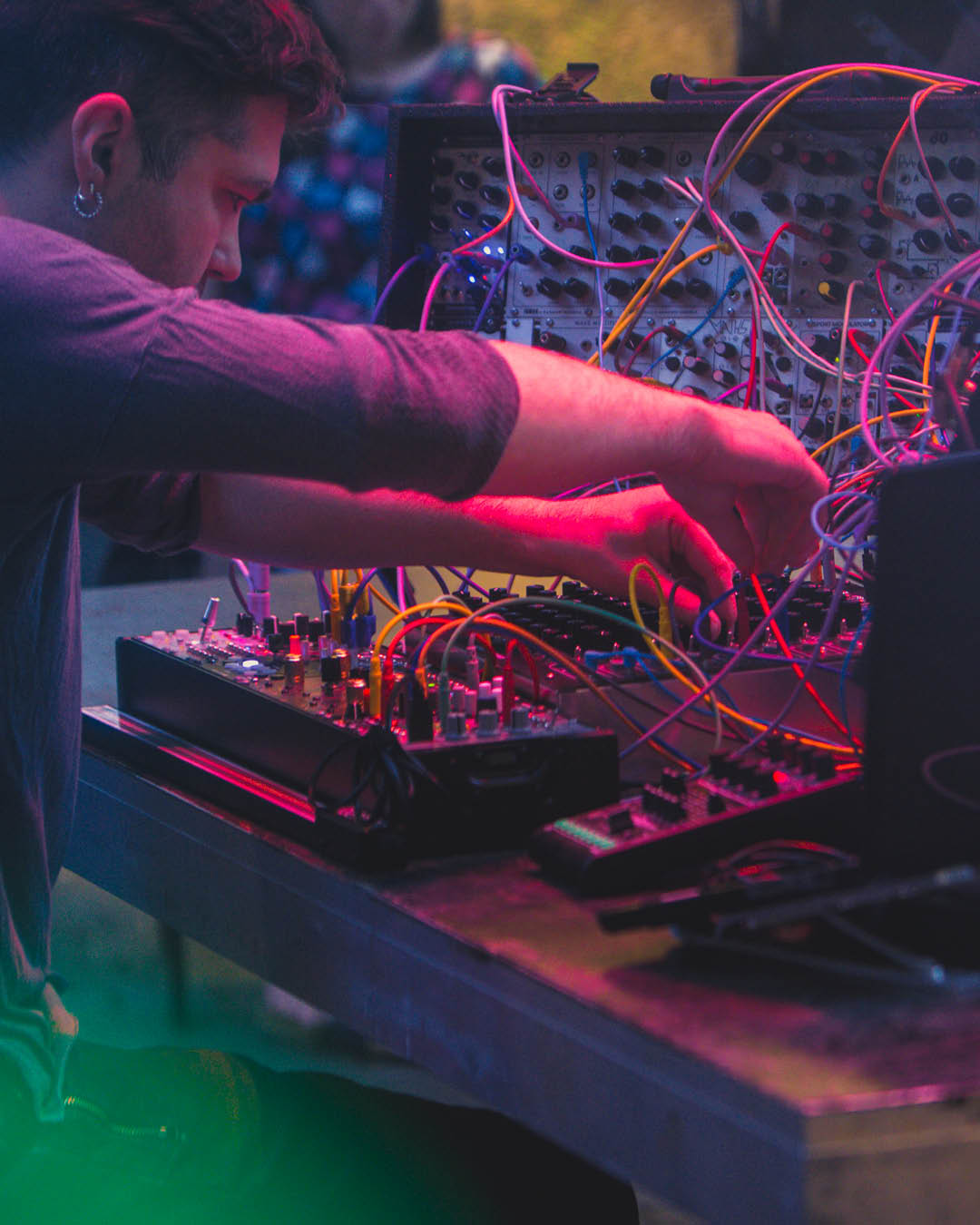
Nicholas Morrish
Belly and Other Members
Nicholas Morrish is a Berlin-based British composer and electronic musician. His work focuses on the creation of entirely synthetic sound worlds, exploring synthesis as a means of dissolving the thresholds between what is perceived as an organic or artificial-sounding body. Morrish is developing a collection of compositions that bring the listener into close proximity with these uncanny and tangible synthetic sounds as they converge into unanticipated unions. In parallel, he is developing varied approaches to the spatial staging and embodiment of these sounds in performance.
